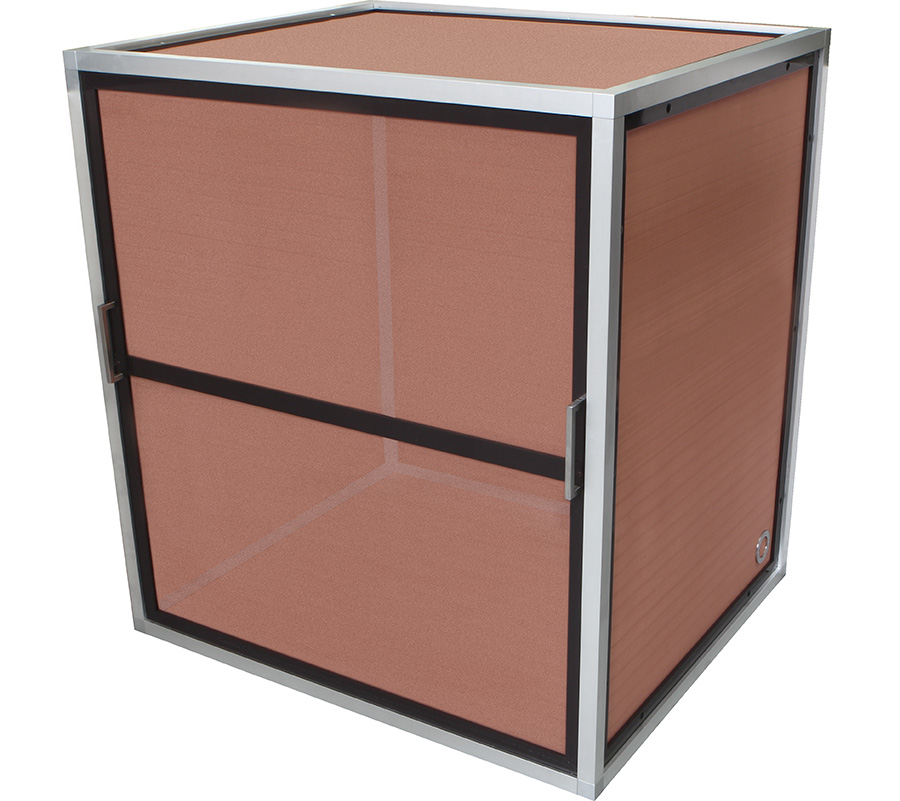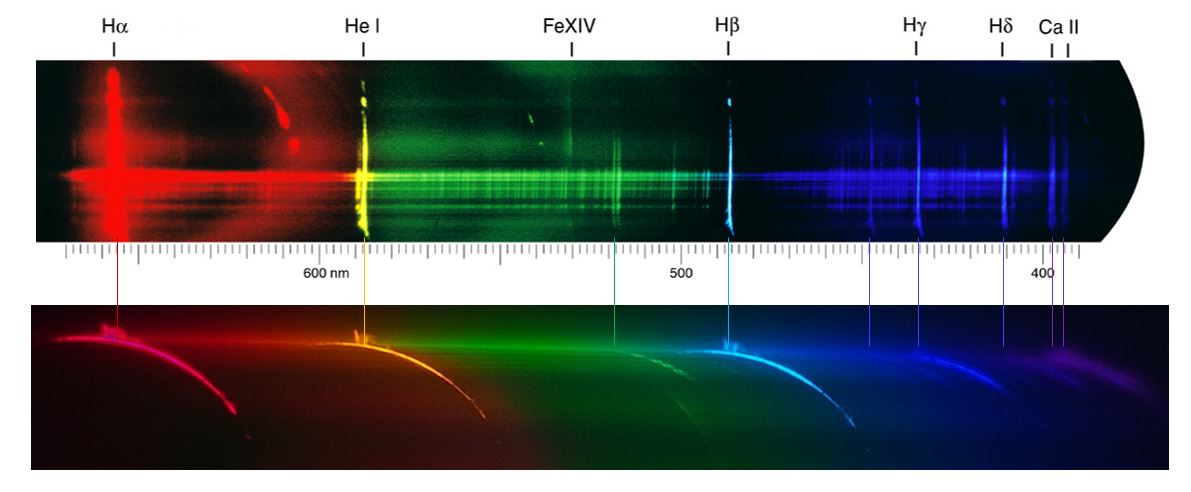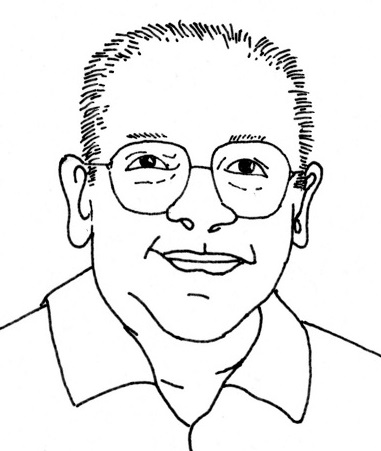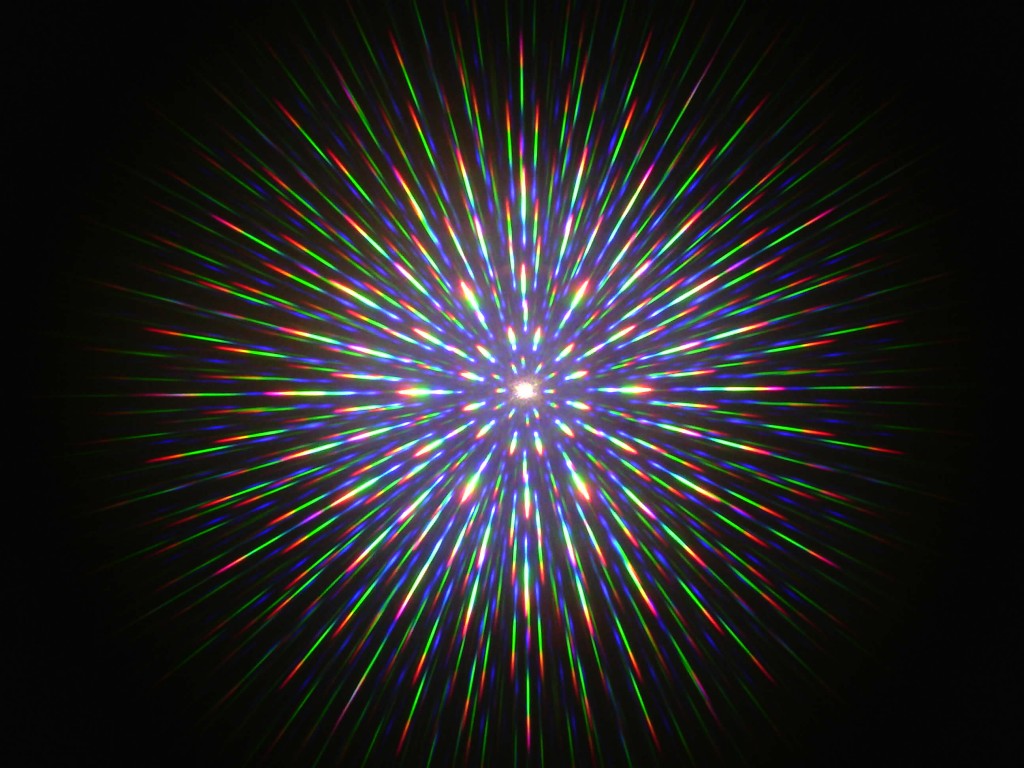- Context
Electromagnetic waves propagate freely in space. That’s how radios work. That’s how wireless phone chargers work. In 1962, a nuclear bomb set off in space killed Hawaii’s power grid. During the solar storm of May, 2024, people became aware that not only nuclear bombs but also solar storms could have high enough electric impulses to destroy the world’s power grid and the devices connected to that grid. How can electrical devices be protected from such catastrophes? Surge protectors such as those in many power strips have a limit to the energy they can absorb. The only way to ensure against large scale power grid surges is to disconnect from the grid and isolate the electrical device inside a conducting box – a Faraday cage. “But if the device is totally isolated inside a conducting metal box, of what use is it?” Great question! And the answer is: if a device is totally isolated, it’s useless until it’s pulled out of isolation. “Isn’t there a way to isolate a device and yet get information in and out of the box – say with a fiber optic cable?” Yes, but fiber optics are only good for carrying information, not power. “Surely someone has figured out how to surmount this problem.” Yes, they have, and you’re about to learn the secret!
2. Ordinary Faraday Cage
Imagine a conducting hollow sphere, a sphere made of gold, silver, or copper (the three most conductive metals). The electric potential anywhere inside the sphere is the same. It doesn’t matter what electrical potential or electromagnetic wave impinges on the outside of the sphere – the inside is electrically quiet. Now distort the sphere into the shape of a box. That box is a Faraday cage. The contents of the box are completely isolated from the outside world. Anything inside the cage is immune to electrical surges in the outside world. That’s why many spacecraft sent to radiation-intense regions (like the radiation belts around Jupiter) have most of their electronics inside metal boxes. They’re shielded.
Instead of using solid metal, what happens if one uses a mesh copper screen? One can see through a screen, so clearly high frequency electromagnetic waves (otherwise known as “light”) get through the screen. Low frequency electromagnetic waves do not go through the screen – the screen acts as a somewhat porous Faraday cage. For wavelengths that are long compared to the size of the holes in the screen, the radiation is blocked. A fine mesh screen might have sub-millimeter diameter holes. A coarser screen might have 1-2 mm holes. Consider that in free space, λν = c (wavelength times frequency = the speed of light). For a 1 mm hole, clearly a wave with a wavelength of 1 m has a much longer wavelength than the size of the hole, so the holes don’t permit much electrical potential to penetrate. Since c is about 3×108 meters per second, a mesh screen looks solid for any radio frequency below 300 MHz. If the power grid is going to be taken down by an electromagnetic pulse, that pulse will have a wavelength much longer than 1 meter and so a frequency well below 300 MHz. For low frequency waves, that mesh screen not only acts as an effective shield, but also weighs a lot less, is easier to build, and is less expensive than solid copper.  Image from web: http://www.standa.lt/images/catalog/b/1FC-faraday-cage.jpg
Image from web: http://www.standa.lt/images/catalog/b/1FC-faraday-cage.jpg
3. A Hole in the Cage
The key to running power cords, signal lines, or even air in and out of a Faraday cage is what a radio or radar engineer calls a stub antenna. Take a copper tube. It will have a diameter d. Cut it to a length 2d. 1” copper pipe? Cut a section 2” long. Half-inch conduit? Cut it 1 inch long. Put a copper flange on one end (probably by soldering, but perhaps by brazing). Bolt the flange onto the screen (or make a sandwich with the flange and the screening in intimate contact and bolts, nuts, or washers holding the sandwich together). The copper tube acts as a wave guide.  High frequency radio waves, with a wavelength shorter than the diameter of the tube, will pass through tube unimpeded. But longer wavelengths? They’re cut off – the hole is too small for long wavelength waves to get through and the tube acts as a short circuit to any slight penetration of the waves. So those high-power electromagnetic waves that could kill the power grid? They can’t get in, and whatever’s inside is safe. For the really persnickety, wires passing through the stub antenna can be wrapped around donut-shaped ferrite cores to cut off even higher frequency waves, but a) the wires must be proximate to the ferrite within ¼ wavelength of the wave to be attenuated and b) the wires must be insulated from the ferrite. Thus ferrite is OK for extending the cutoff frequency slightly higher than c/d, but not by much. How do I know this? Supposedly, every electrical engineer runs into these concepts somewhere in their training. I learned it from an engineer named Paul Pressel. He worked for Bendix Corp., a company eventually subsumed into Allied Signal and now a long-forgotten memory. Most people never heard of him, but many know of one of his accomplishments. He designed the radar antennas for the Surveyor moon lander program. Surveyor was the first American spacecraft to make a soft landing on any celestial body other than earth. Five of the seven Surveyor spacecraft succeeded in landing. The two that failed did so for reasons other than radar problems (though Surveyor 3 bounced off the lunar surface because the radar didn’t turn off the rocket motors soon enough). Thus, when he explained to me how to run cables through Faraday cages without letting stray electromagnetic fields come along for the ride, I knew to take his advice! And now, so do you.
High frequency radio waves, with a wavelength shorter than the diameter of the tube, will pass through tube unimpeded. But longer wavelengths? They’re cut off – the hole is too small for long wavelength waves to get through and the tube acts as a short circuit to any slight penetration of the waves. So those high-power electromagnetic waves that could kill the power grid? They can’t get in, and whatever’s inside is safe. For the really persnickety, wires passing through the stub antenna can be wrapped around donut-shaped ferrite cores to cut off even higher frequency waves, but a) the wires must be proximate to the ferrite within ¼ wavelength of the wave to be attenuated and b) the wires must be insulated from the ferrite. Thus ferrite is OK for extending the cutoff frequency slightly higher than c/d, but not by much. How do I know this? Supposedly, every electrical engineer runs into these concepts somewhere in their training. I learned it from an engineer named Paul Pressel. He worked for Bendix Corp., a company eventually subsumed into Allied Signal and now a long-forgotten memory. Most people never heard of him, but many know of one of his accomplishments. He designed the radar antennas for the Surveyor moon lander program. Surveyor was the first American spacecraft to make a soft landing on any celestial body other than earth. Five of the seven Surveyor spacecraft succeeded in landing. The two that failed did so for reasons other than radar problems (though Surveyor 3 bounced off the lunar surface because the radar didn’t turn off the rocket motors soon enough). Thus, when he explained to me how to run cables through Faraday cages without letting stray electromagnetic fields come along for the ride, I knew to take his advice! And now, so do you.




























